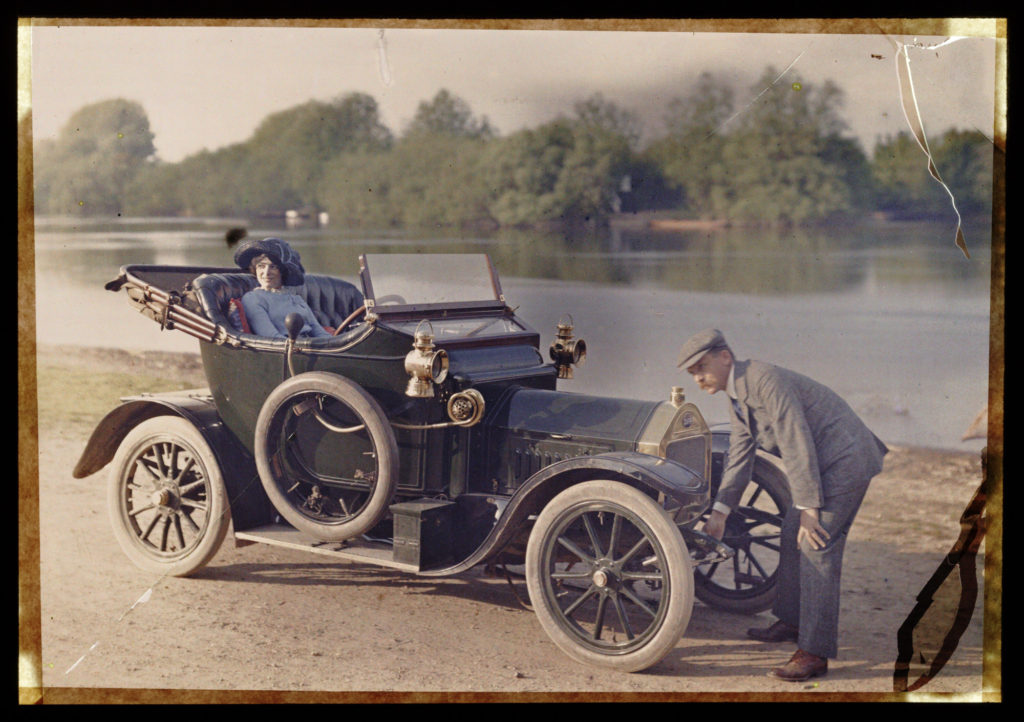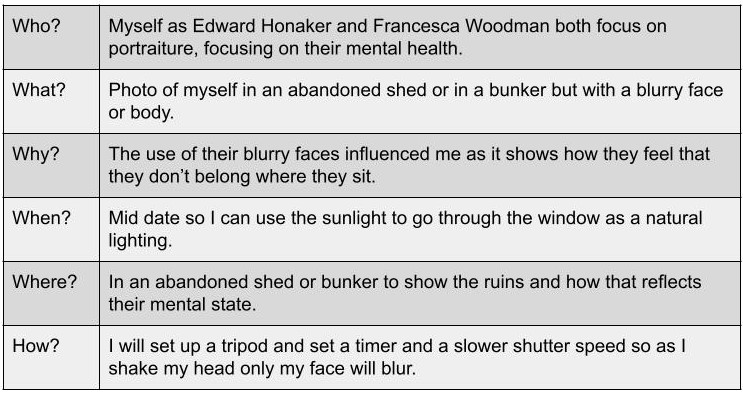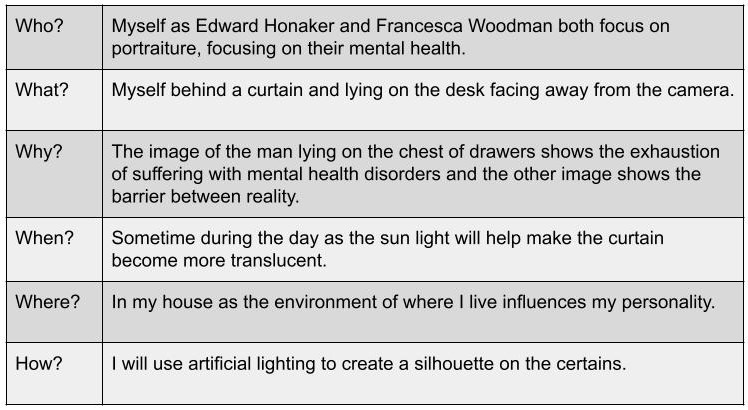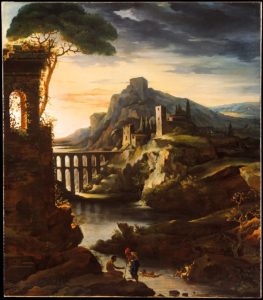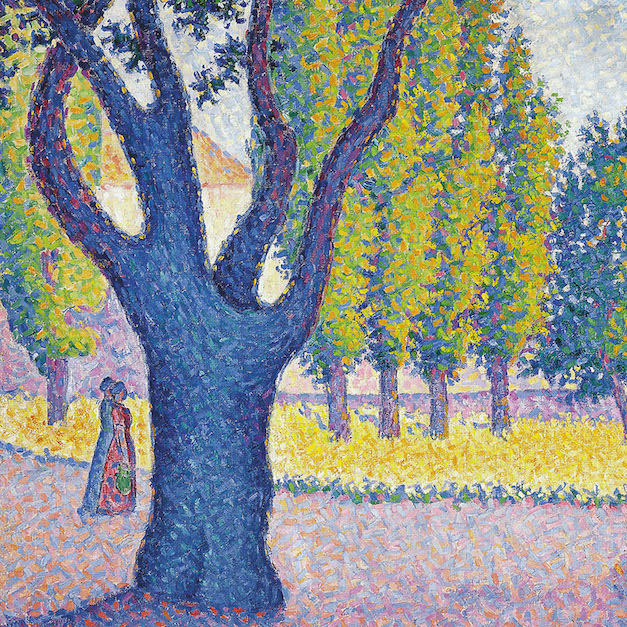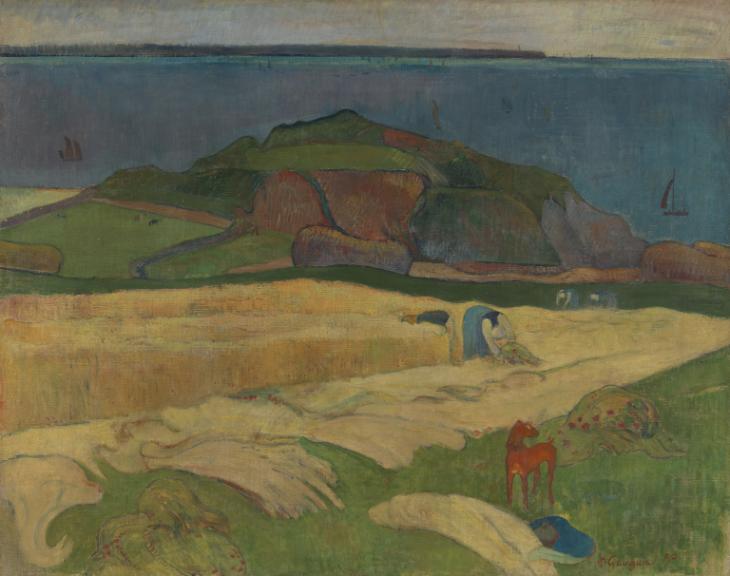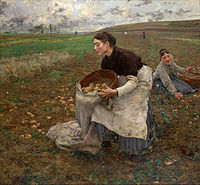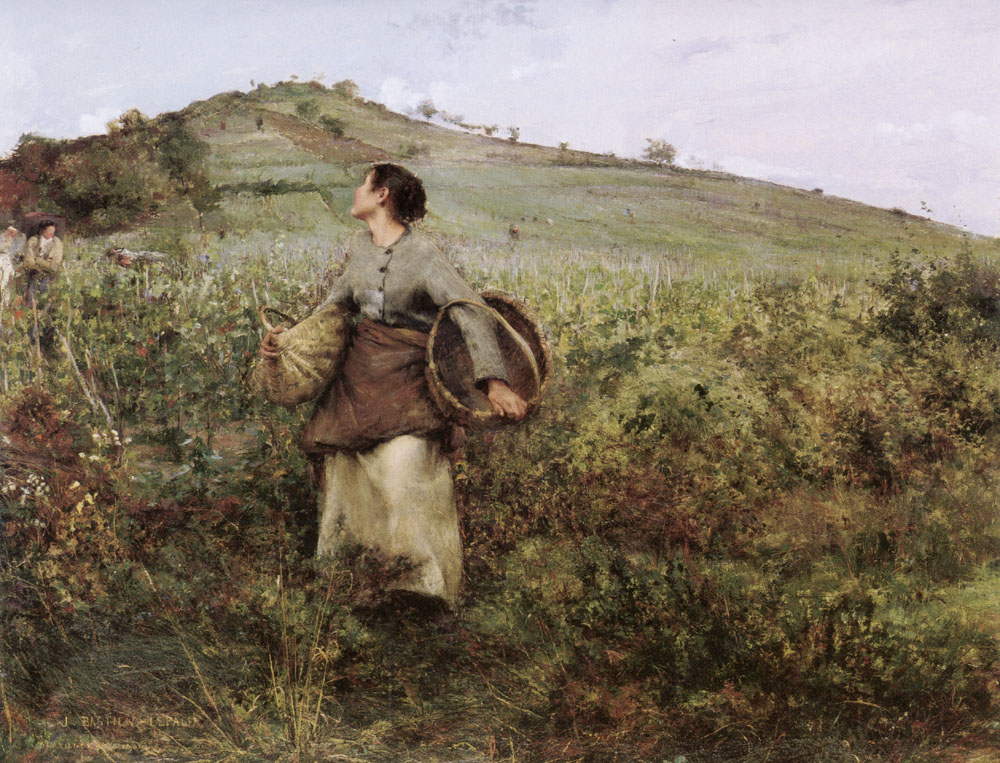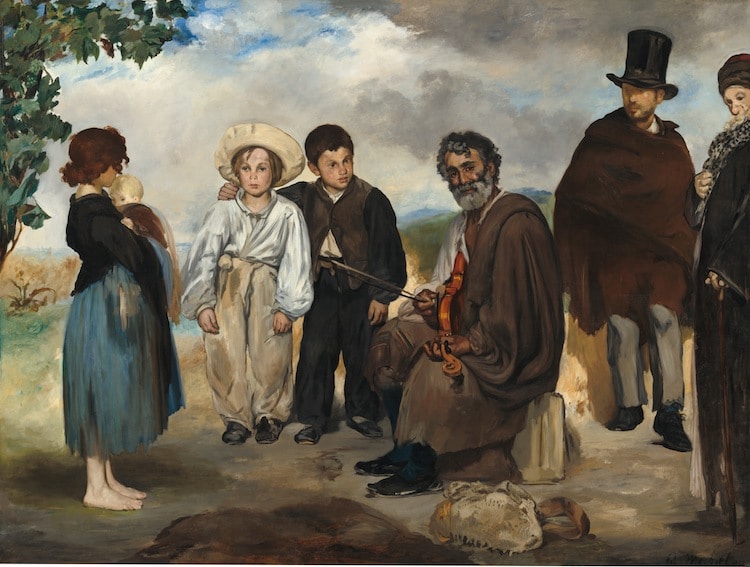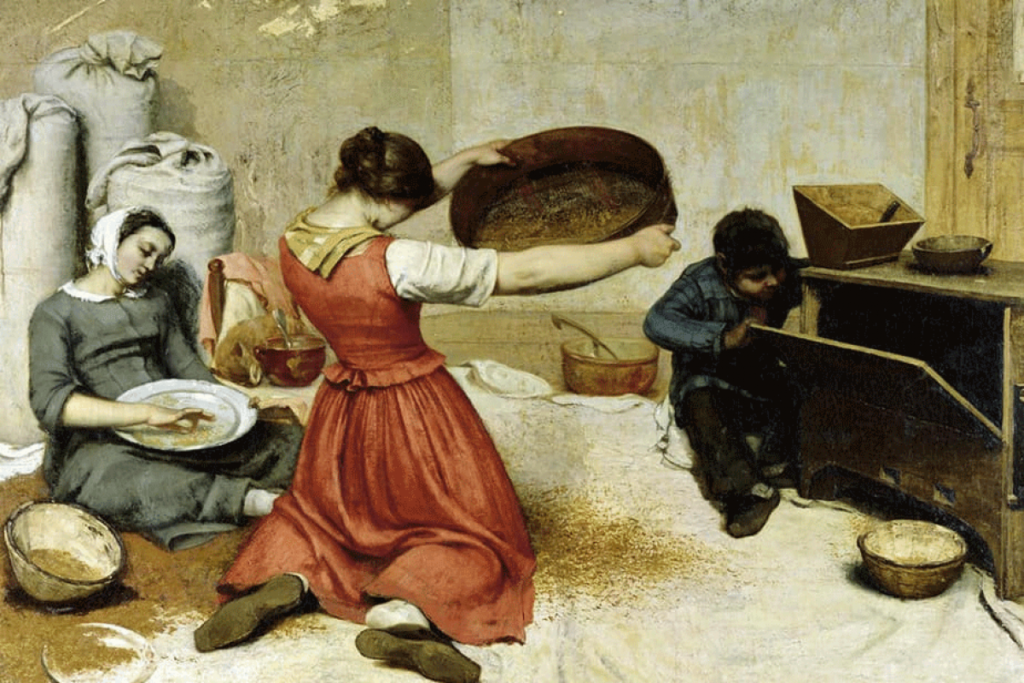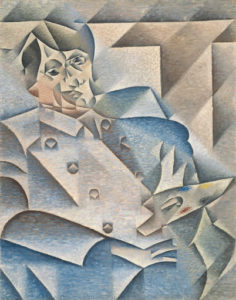What is an NFT?
NFT stands for “Non Fungible Token” which represents either a digital file/ item. The token in NFT is an object that is built onto a blockchain, non fungible means that it is unique being different and 1 of 1 to the person who makes a purchase of it.
2 Lives exhibition
The “2 Lives exhibition” is Jerseys first Art exhibition the brings together Art and Finance, due to the introductions of NFT’s. It is a project that has been put together in order to build a future of the art world, as it seems to fade away with no technological advances being put into the art world. Therefore, this will leverage NFT’s as a tool leading to the creation of new communities, opportunities and even art overall.
NFTs in art
NFTs in terms of art is revolutionary for artists in this day and age. The reasoning behind this is because artists now have a second option of being able to sell there art online to anyone who wants to buy it from around the world. Whereas, if you where to sell your art in person you would have to put it up in a exhibition or auction in order for you art to sell. Moreover, if you sell a physical piece of art, you only get the money that the customer has offered for it and thats the money you earn. As for NFT’s, when you sell your own NFT you get money from that sale and when the person who bought your art sells it, you get a fixed percentage for every-time your art continuously gets sold off. Alongside this, the NFT you make becomes a certificate of authenticity in order to cancel out people trying to make counterfeits.

NFT’s in gaming
NFT’s in terms of gaming has also revolutionised as any items you buy in your game; for example skins on Fortnite, you would be able to keep these ‘skins’ if you where to stop playing the game and you could use them again if you like. Moreover, with these skins you could sell it on the game marketplace to other players who are going to jump onto the game. Alongside being able to sell them, you could use your skins for the appearance of your digital avatar for others to look at.
NFT’s for collectionist’s
People who collect items in the real world in order to flip there items to make money, now have a whole new platform of being able to purchase NFTs to make more money in terms of collectables. This change kicked into place during the covid pandemic due to the fact that the whole world became more digital as people could online socialise via internet. Moreover, this lead to a larger increase in people around the world trusting the internet more. Therefore, in society we now appear to have more people collecting digital assets as much as physical assets which can de sold through exhibitions or other places on the secondary market giving sellers a wide range of choice in selling of collectable items.

NFT’s in virtual worlds and virtual exhibitions
Virtual worlds have been starting up in the NFT’s space such as Decentraland and somnium space. Decentraland as an example is an online world where users have to create an avatar in order to express their presence online. Moreover, you are also able to communicate wit other peoples avatars online as well from participating in concerts, art shows and even being able to build your own digital house with other people as well. This is great as friends or people in general from around the world are able to share there own sense of community, or even mix culture together which can have people from around the world gain a better understanding of different communities and how they work. This is accessible on 2d screens which is via computer. Decentraland also have another layer of connection with cryptocurrencies in order for people to be able to make purchases on the virtual land that exists, art on the walls in galleries and making these purchases can give you ownership on the virtual world, leading to people being able to give users a say on how the world should operate.

NFT’s blockchain, cryptocurrencies, coins and defi
The next revolution alongside NFT’s is by changing the way we see and use money. People in todays society don’t trust authorities, which helped in the gradual increase of people using cryptocurrencies for a substitute to physical and money kept away in a bank with the creator being a random person that no one knows of. Therefore, this means that the person who invented cryptocurrencies has no ties to the government or any authority, its a universal currency having the same value everywhere across the globe and the market is open 24 hours in a day. A cryptocurrency is a digital asset that is designed to be a medium of exchange for real money, the individual coin ownership is then stored away in a ledger existing in a form of computerised database and cryptography is used to secure transactions and records, which controls the creation of additional coins and verify the transfer of coin ownership.
How to create, buy and sell NFTs
In order to create an NFT, you will need whats called a NFT wallet and an account inside FT platforms.
A digital wallet can be used as if it was your physical wallet but just virtually. Metamask appears to be used most commonly do far keeping your NFT’s, these wallets allow you to move your digital assets within the metaverse.
NFT PLATFORMS: Opensea, Nifty Gateway, KnownOrigin, Foundation, Mintable, Rarible, Hic Et Nunc, Zora, Makersplace, VeeFriends, NBA TopShot, Crypto.com NFT, Eenjin, Superrare, Sweet, Doingud.
NFT’s environmental impact
For NFT’s to not damage the environment the use of renewable energy would be useful such as solar and wind. However, NFT’s are only a small contribution to this as the energy consumption it takes to mine a singular etherium is 0.0006, which in comparison is the same as watching a youtube video.
mining crypto takes a lot of electricity, needing big computational work by hardware. The process of mining and rewarding the miners for closing a block of the blockchain is called Proof of Work, that was the way Bitcoin was applied in 2009, until now.
In the crypto ecosystem there has been a transition from the ‘Proof of Work’ to ‘Proof os Stake’, which is a lot more environmentally friendly. This is because POS doesn’t require miners anymore, but validators. These are the people that deposit their owned crypto to validate block transactions, then the reward is given on a random basis.
In some ways, NFT’s can also be good for the environment, this is because Fashion at the moment is the 2nd most pollutive industry in the world. Therefore digital clothing could revolutionise this issue that is currently taking place across the globe.

NFT Clothing Revolution 
Here is a link to a website called the 2 lives exhibition, which gives out additional information on NFT’s, Metaverse and Cryptocurrencies. https://2lives.world/





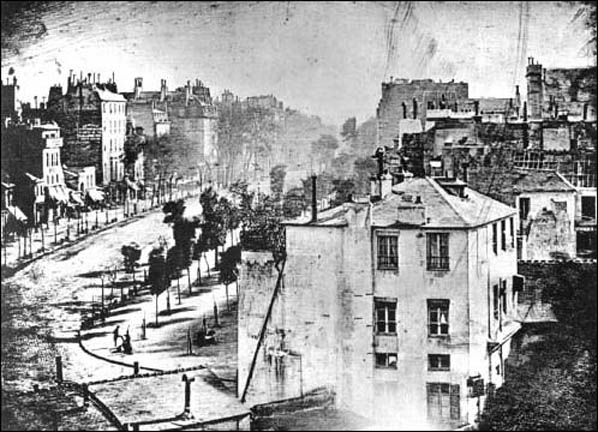
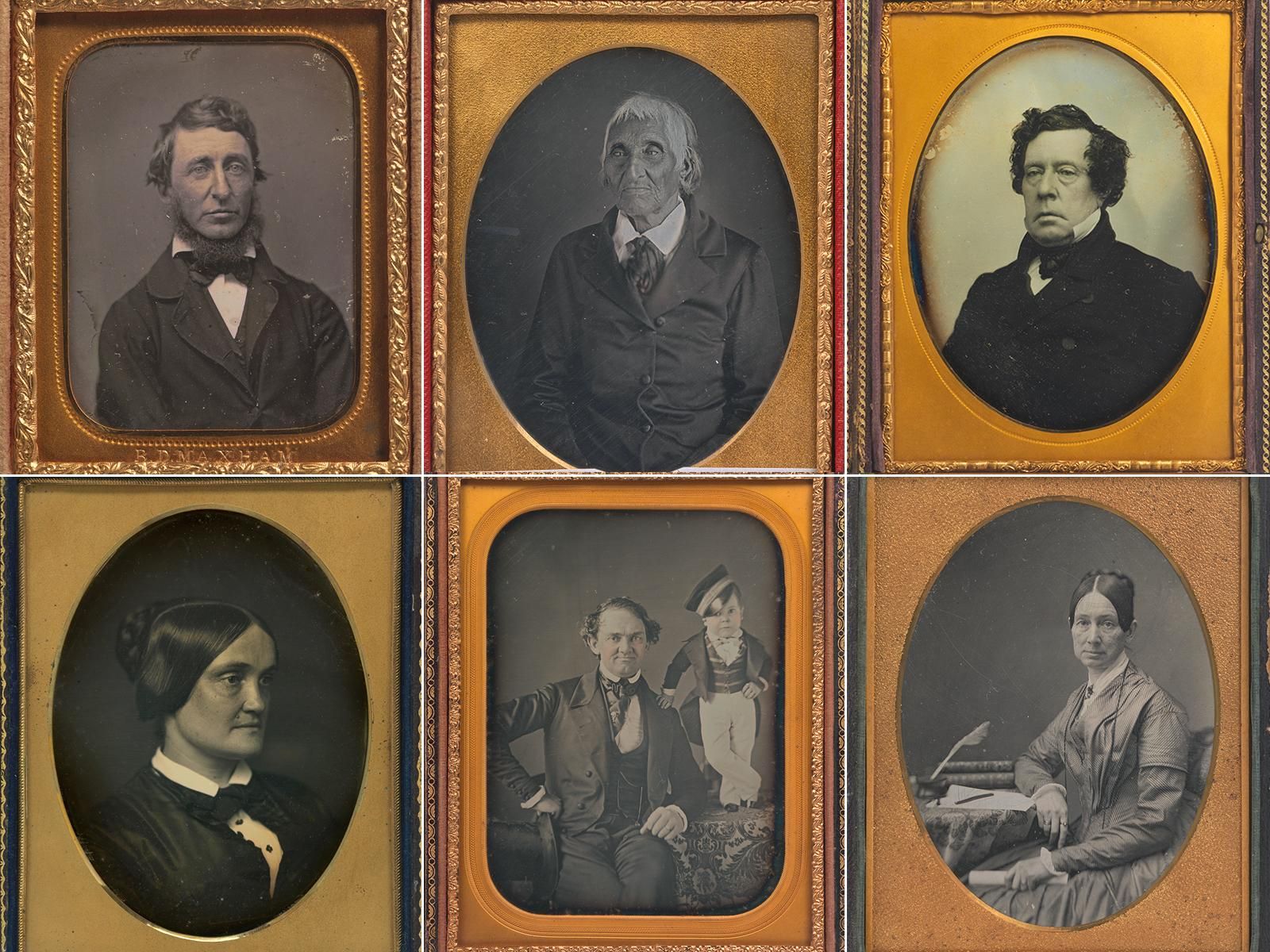


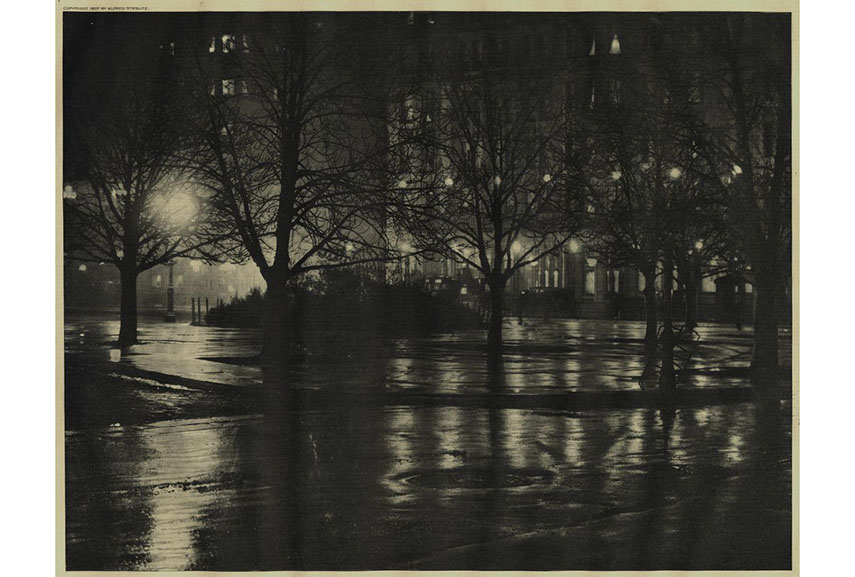
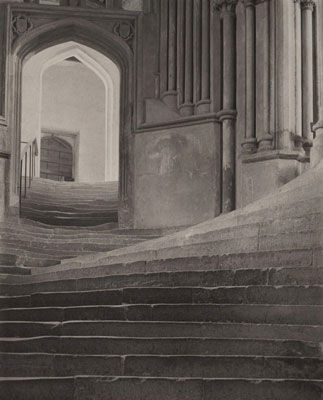
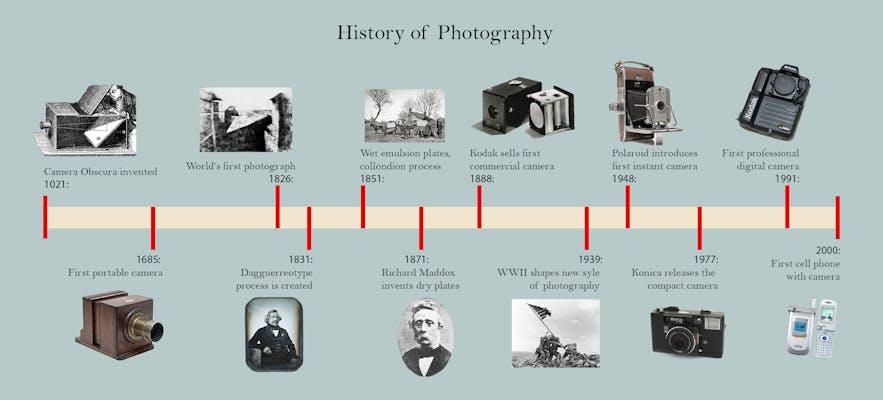

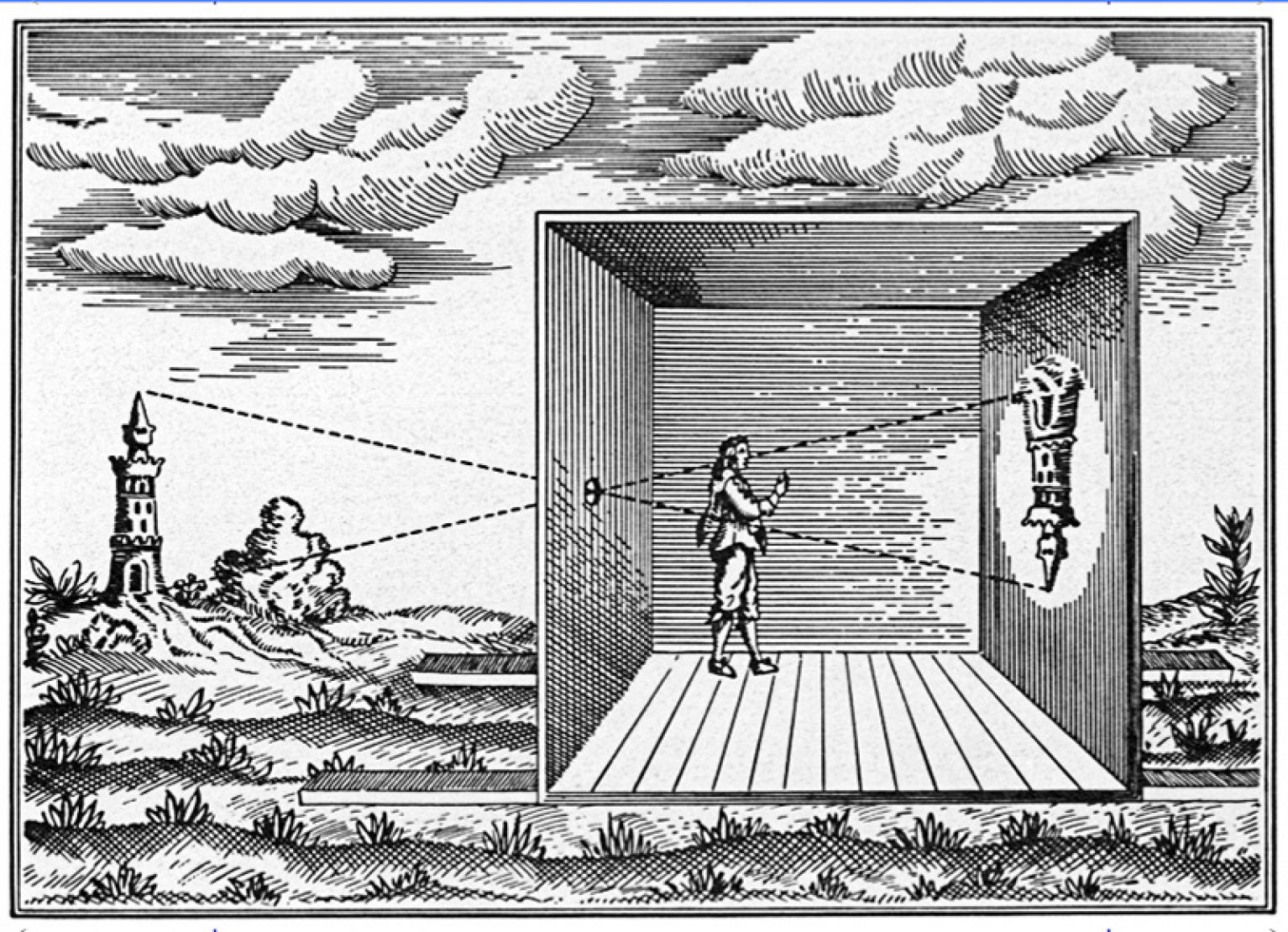


/first-photograph-2673939-5b0840770e23d90036127dd6.jpg)



